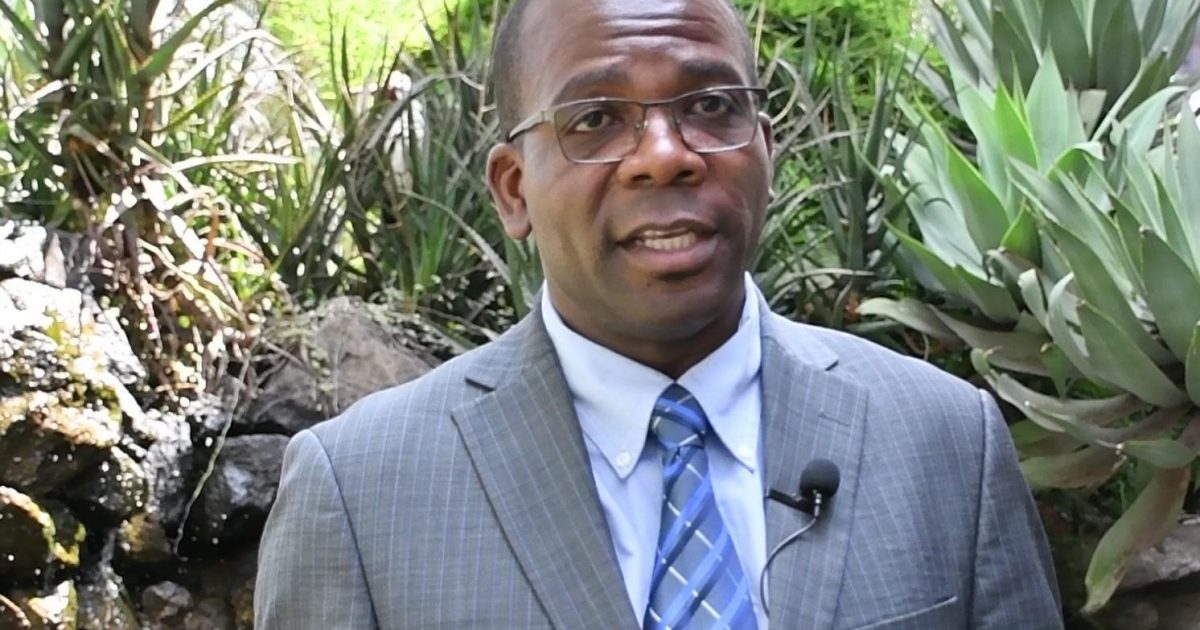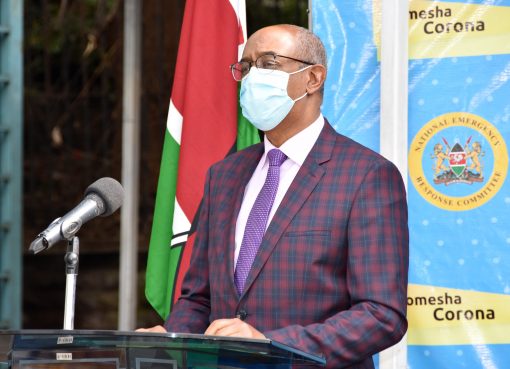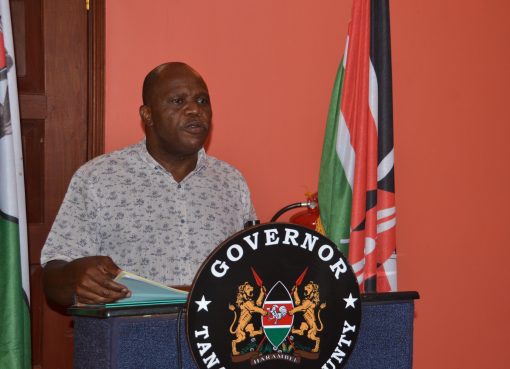Experts in landscape space and management in the country have today converged for a four-day platform to discuss challenges threatening biodiversity loss.
The over 150 participants meeting under the Kenya Landscapes Actors Platform (KenLap) observed the need for long term plan by players from various landscapes to share experiences and synergise on strategies that each is using to address matters landscapes
Participants derived from Government, development partners, researchers, communities and farming households both national, international and across borders are looking at the possibilities and strategies they will put forward to make sure that landscape gives them benefits considering degradation risks are worsening food insecurity.
Speaking today at the meeting Kenyan Agricultural and Livestock Research Organisation ((KALRO) Chief Research Scientist Dr Michael Okoti said the meeting plans to come up with a 10-year strategic plan that is supposed to have input from each and every stakeholder from the various landscapes within the country.
“We want to have a very robust blueprint on the steps that will take for us to better the various landscapes within the countries
Dr Okoti noted that despite the contribution of our landscapes, Kenya as a country still faces several challenges which include multiplicity of drivers of degradation and there is need therefore to address more than one driver of degradation which can require different strategies.
Unsustainable land practices, issues related to land rights and tenure, financial constraints due to the expensive nature of landscape management and also inadequate policy and legislation can also hinder sustainable landscapes.
“All these challenges are amplified partly by the interconnectedness of our landscapes, making it difficult to predict how our actions will impact the entire ecosystem,” he said.
Dr Okoti gave an example of the Unsustainable management of agricultural landscapes in Western Kenya which affects the aquatic landscapes in L Victoria, soil erosion from cropping lands which has resulted in soil thinning and have a negative impact on soil organic matter.

He emphasized that the economic benefits from landscapes are enormous and giving an example with Kenya which last year earned Sh 352.5 billion from tourism, Sh526 billion from Agriculture and most of the money came from landscapes
He added the contribution of Kenyan mangroves (60,000 ha) which have an estimated value of Sh270, 000 per year, the total economic value for Mau, Cherangany and Mt. Elgon ecosystems at Sh350 billion/year.
To address the constraints of landscape however Dr Okoti said the government has in place several sectoral policies focusing on soil management; on forestry, including agroforestry; agriculture; aquatic landscapes, carbon trading policy; land laws and even energy generation on the same landscape.
When it comes to afforestation, he confirmed that Kenya is in the right track and there is a good momentum to make sure its forest covers improves.
“Many stakeholders have hooked into the 15 billion forest initiative by the government and the percentage has increased before we get to 30 percent by 2032 which is the target. We are hoping that the climate will also favour us by making sure that the many seedlings we are producing reach the farmers field, are planted and grow. We are on the right track,” Dr Okoti said.
Marion Nganga Country Director at the Rainforest Alliance in charge of Kenya and Tanzania said that through implementation of landscapes and communities’ projects and programmes, they look at the socio-economic and environmental aspects that involve production of agricultural commodities that are grown in the south but mainly consumed in the global north.
Rainforest Alliance is an international non-governmental organisation that works at the intersection of agriculture and forestry to make responsible business through certification programme
“As members of a thousand landscapes for one billion people we do implement our programs through integrated landscape management approach by breaking the silos and going beyond our certified tea and coffee producers and including everybody else that is within the respective landscapes where we have certified farmers,” she explained
Ng’anga noted that they engage in regenerative and climate smart agriculture because it is only through regeneration that we can save the remaining of the tropical forest in the world where major agricultural commodities are produced
“We are assisting farmers to practice climate smart and regenerative agriculture to guarantee sustainable economic benefits. Further we pushing for community programmes and incentives such as premium to reward farmers who have cared to transition to good Agriculture.
Ng’anga said that their certified products are sold at premium prices in order to cover cost of compliance and implementing development plans in the farms.
The four day conference is running under the theme Collaborative Innovation and Knowledge Sharing to restore and Sustain Kenyas Landscapes.
By Wangari Ndirangu





